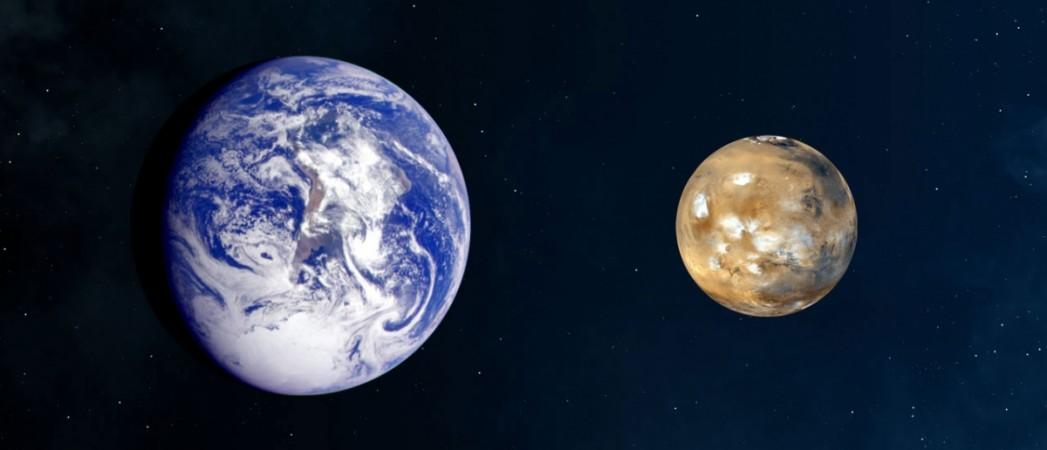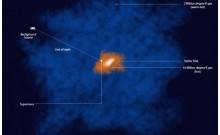
It will be possible to harness the wind on Mars to generate needed power for settlers on Mars. A new study had researchers building a lightweight wind turbine that would operate successfully in the same atmospheric conditions.
Power generation will be an immediate necessity once humans arrive on Mars. While there are plans in place to try and harness carbon dioxide and methane on the red planet as fuel, they require several expensive steps between fuel and useable power and can be quite time consuming. Solar panels are a definite option, even Elon Musk has spoken about setting up massive solar farms, but the researchers point out that there are extended periods of time every year when large parts of Mars have little to no sunlight, so depending only on solar power is not a feasible solution.
Even thermoelectric generators using radioisotopes would not be feasible on Mars, notes the researchers because of the amount of heat that is lost in the process.
The researchers, led by Christina Holstein-Rathlou of Boston University's Center for Space Physics, said that, "For now, we can say for the first time and with certainty, that, YES, you can use wind power on Mars!" she wrote in the study.

Research was carried out with the main intention of finding out just how much power can be realistically generated on Mars. For this, researchers built lightweight turbines and placed them inside wind tunnels that were tuned to Martian conditions.
One of the ways researchers say wind will work is by working in combination with other sources of power like solar and using batteries to store energy.
This attempt, however, is not the first time that wind has been seen as a way to produce power on Mars, notes a report by Space.com. There have been attempts by NASA to make turbines before, they even reportedly tested a 100 kilowatt turbine in Antarctica. They were, however, too large and heavy to actually work on Mars, where the atmosphere is really thin, about 100 times less dense than Earth's atmosphere. The sizes of previous wind turbines were also found to be too big to carry all the way to Mars.
Tests in the wind tunnels were conducted in 2010, notes the report, and researchers have been analysing the data acquired since. The final results were presented this week at the Mars Workshop on Amazonian and Present Day Climate.
For the test runs, the turbines were tested at six different speeds based on the most common wind conditions that NASA Phoenix Mars Lander faced when it touched down on Mars in 2008. Using this data, two points of reference were reached- the minimum speeds needed to get the blades moving and the maximum speeds that the turbine could operate at. The wind speeds at Mars are typically between 7 kmh to 35 kmh.
"The optimal locations for this type of power production are areas where the sun doesn't always shine, but winds will blow, such as latitudes poleward of the polar circles," the researchers wrote.

















